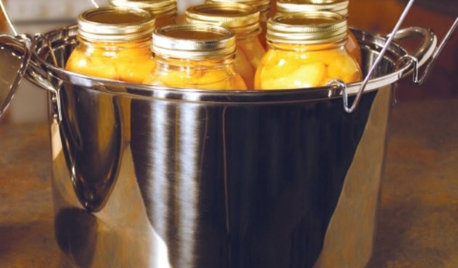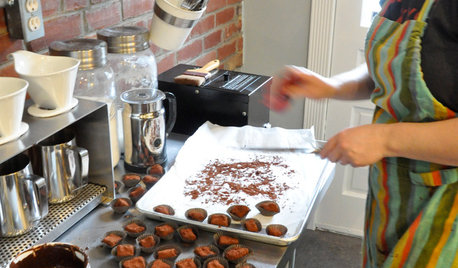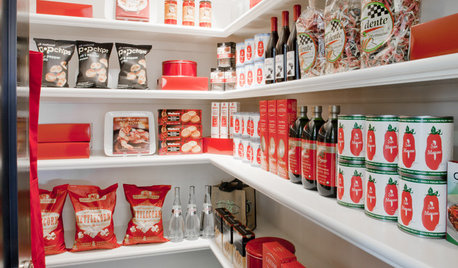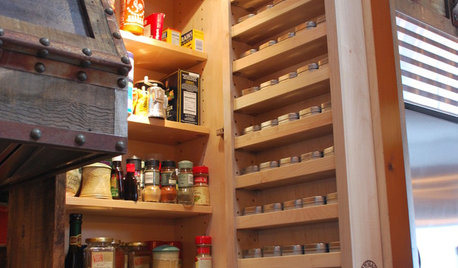Canning soups with milk or butter
patia
17 years ago
Featured Answer
Comments (25)
readinglady
17 years agocmlackey2_triad_rr_com
16 years agoRelated Professionals
Glassmanor Landscape Architects & Landscape Designers · Forest Hills Landscape Contractors · New Cassel Landscape Contractors · Paterson Landscape Contractors · Pleasanton Landscape Contractors · Shaker Heights Landscape Contractors · Shafter Landscape Contractors · Franklin Roofing & Gutters · Newton Roofing & Gutters · Rome Roofing & Gutters · Fitchburg Roofing & Gutters · Wheaton Roofing & Gutters · Channahon Roofing & Gutters · Grayslake Driveway Installation & Maintenance · Ramona Driveway Installation & Maintenancereadinglady
16 years agodigdirt2
16 years agoksrogers
16 years agoafeisty1
16 years agoLinda_Lou
16 years agosteveharper_rogers_com
15 years agodigdirt2
15 years agomelva02
15 years agoLinda_Lou
15 years agosteveharper_rogers_com
15 years agomelva02
15 years agohuffkevin_comcast_net
13 years agoxl0l0l0l0lx_gmail_com
12 years agoevil_t_mail2leo_com
12 years agofelssh_gmail_com
12 years agojustin_mcelrath_msn_com
12 years agoLorraineC
12 years agodavidrt28 (zone 7)
11 years agodigdirt2
11 years agobksinaz
9 years agoAnn Pens
last yearlucillle
last year
Related Stories

PRODUCT PICKSGuest Picks: Canning, Preserving, Steaming, Dehydrating
20 products to help make fall produce last through the season and beyond
Full Story
KITCHEN DESIGNHouzz Call: Tell Us About Your First Kitchen
Great or godforsaken? Ragtag or refined? We want to hear about your younger self’s cooking space
Full Story
KITCHEN DESIGN12 Items Worth a Spot on Your Kitchen Counter
Keep these useful tools and accessories out in the open to maintain high function without spoiling the view
Full Story
LIFESimple Pleasures: Indulging in Teatime
Get out the china cups and cream-slathered scones. Tea with treats can make even an uneventful day feel extravagant
Full Story
KITCHEN DESIGNWorld of Design: Favorite Recipes From Food Lovers Around the Globe
Travel with your tastebuds and experience for yourself these international foodies' favorite dishes
Full Story
KITCHEN DESIGNLove to Cook? We Want to See Your Kitchen
Houzz Call: Show us a photo of your great home kitchen and tell us how you’ve made it work for you
Full Story
KITCHEN STORAGEGet It Done: How to Clean Out the Pantry
Crumbs, dust bunnies and old cocoa, beware — your pantry time is up
Full Story
LIFETable Manners for Modern-Day Dining
Elbows and cell phones? Maybe. Forgetting to say 'thank you'? No way. Our mealtime etiquette guide takes the guesswork out of group dining
Full Story
ENTERTAININGGot Hand-Me-Down Dinnerware? Make a Memorable Meal
They might be mismatched and not your style, but those inherited plates and forks can help bring meaning to your table
Full Story
KITCHEN DESIGN7 Steps to Pantry Perfection
Learn from one homeowner’s plan to reorganize her pantry for real life
Full StoryMore Discussions






annie1992